David Del Kan (left) with his work at the exhibition "Handmade Eco-Art" at the Da Nang Museum from May 7-11.
In mid-May, French artist David Del Kan held an exhibition called “Handmade Eco-Art” at the Da Nang Museum. Nearly 200 handmade artworks made from trash and scraps carried a message of environmental protection, leaving positive effects.
Turn trash into art
In 2014, David Del Kan traveled to Vietnam. Two weeks later, he said, he completed the procedures to stay in Vietnam long-term. He said that from the first meeting, he felt a sense of peace, from the people to everyday life.
“In France, I faced work, life, too many things that made me tired. When I came to Vietnam, I found peace and reason told me to make the decision to choose this place as my homeland. I see that Vietnamese people love family life, everything is easy, easy to find a job, get married, have children… in a natural and simple way” - David Del Kan said.
Without formal art training, nor belonging to any school, David chose his own path: recreating beauty from discarded things. Not oil paint, nor silk or canvas, the material he used was... waste.
David Del Kan and his work at the exhibition "Handmade Eco-Art" at the Da Nang Museum from May 7-11.
Living in Vietnam for more than 10 years, David Del Kan has created more than 1,000 works from seemingly worthless materials: scrap metal, tires, plastic, torn fabric, rotten wood... He especially loves objects that once had a life - broken pieces of chairs, smashed doors, discarded picture frames. For him, trash is not dead - it just needs an artist to revive it.
“At first, I picked up things on the street, from aluminum trays, broken baskets, rusty metal sheets…; I saw beauty in everything that was useless. For example, I really like the color of rust, it is an art in itself, when I bring it home, I just need to decorate and adjust it a little bit to surprise everyone” - David Del Kan said.
David Dan Kel's recycled works appeal to viewers of all ages.
David does not hide his opposing views: He believes that art is not just for admiration, but must dare to make people uncomfortable, dare to ask questions. “You think it is beautiful? But did you know that the elephant head was made from a plastic bag that drifted off the coast of Da Nang? Or that the owl gentleman’s beard is made from abandoned fishing nets that suffocated many creatures?”
Contribute to improving ecology
The paintings were painted on burlap - a material he found in the densely populated areas along the Red River. The creature models were crafted from thousands of discarded cans.
Each of David Del Kan’s works is like a living creature—at once proud and resentful. It’s the mixed emotions one feels when standing in front of a tiger made from beer cans, or a peacock made from rusty saw blades. Beautiful, yet thorny. Brilliant, yet dark.
Not only stopping at the strange shapes, David also cleverly incorporates ecological messages: The colorful wings of the animals are the packaging of industrial products. The eyes are made from broken car headlights - things that once lit up, now reflect oblivion.
“I emphasize the ecological and sustainable factors. There are things in waste that take a long time to decompose, so turning them into something useful is a way to improve ecological balance and protect the environment. From another perspective, I convey a spiritual message, which can be the beauty of painting, or it can be propaganda to protect wildlife, such as creating the image of a rhinoceros - an animal on the brink of extinction (I sell a lot of this model abroad), or religious colors through the forms of Buddha paintings,” said David Del Kan.
David Del Kan and his work at the exhibition "Handmade Eco-Art" at the Da Nang Museum from May 7-11.
What is special is that David Del Kan constantly records his creative journey through hundreds of short videos , shared publicly on social networks. For him, every rotten log, every rusty wire has a “memory”. He does not make art to “build monuments”, but to open dialogue. His works are not in frames, but can be a 2-meter-tall praying mantis made from scrap metal placed in the middle of the garden.
For David, nothing is ever really thrown away. Not to mention, with non-biodegradable waste, if we create another life for it, such as using art to recycle it, it has another value.
Many students, young artists, and environmental volunteers have come to his workshop - a small house on the outskirts of Long Bien Bridge (Hanoi) - to learn how to turn trash into works of art. Daivid said he really hopes to have the opportunity to teach creative writing to children, so that they can experience and put artistic ideas into practice, and inspire their aesthetic sense with familiar materials from everyday life.
In an interview, David shared: “In Vietnam, I learned the complexity of simplicity. A plastic bag flying in the middle of a rice field is not just trash - it is a collision between modernity and tradition, between growth and preservation. I chose art to tell that story.”
David never painted landscapes or still lifes, which “sleep” in a box. Instead, he liked to put animals in situations: a monkey in a suit reading a newspaper, a cat wearing a crown standing in a garbage dump. The absurdity in his paintings is a mirror of society.
David Del Kan and his work at the exhibition "Handmade Eco-Art" at the Da Nang Museum from May 7-11.
Many people call David a crazy person. But because of his eccentricity, he has become an inspirational figure. For many years, many environmental organizations have collaborated with him to organize traveling exhibitions in many places, with almost the same message: "awakening from trash" - exhibitions open to different audiences. The audience is also the one who decides the amount of trash produced each day.
David is not the first person to make art from trash, but the way he does it – with quietness, persistence and a desire for dialogue – makes him a special model. He does not create “works of art”, he creates “situations of perception”.
David makes his works by hand. In particular, his studio creates jobs for many disadvantaged people. "I am experimenting with designs, and letting people try them, I see that they are very skillful, helping them earn more income, and people really like it" - David said. by hand, by love for rough materials, with a heart that always questions. His art is not polished, the ideas are closely linked to life, therefore, receiving sympathy from many classes of people.
David Del Kan is not just an artist. He is now an environmental activist, and a reminder that everyone has a responsibility to the environment.
Source: https://baoquangnam.vn/david-del-kan-tai-sinh-rac-thai-3155874.html


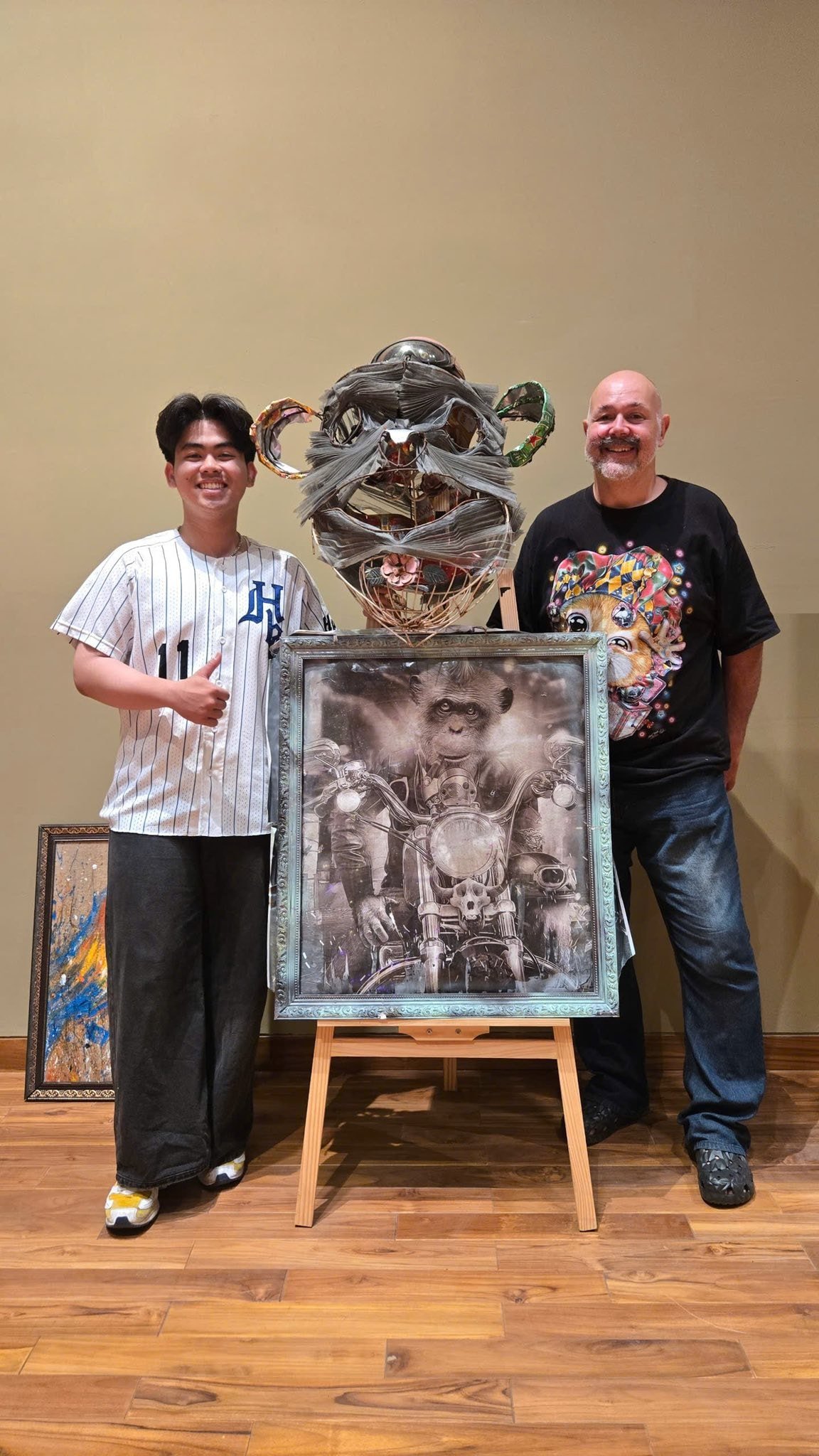

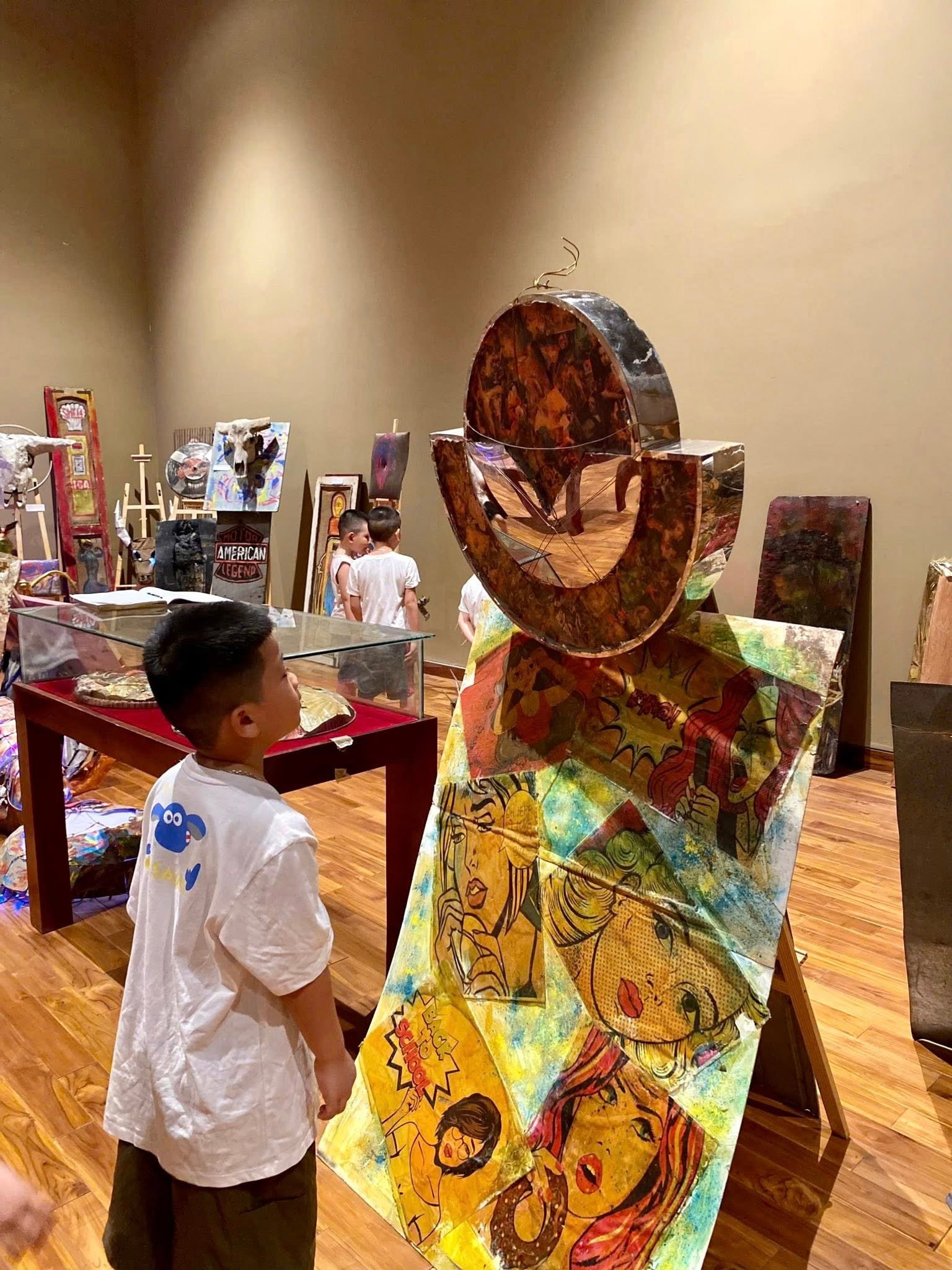
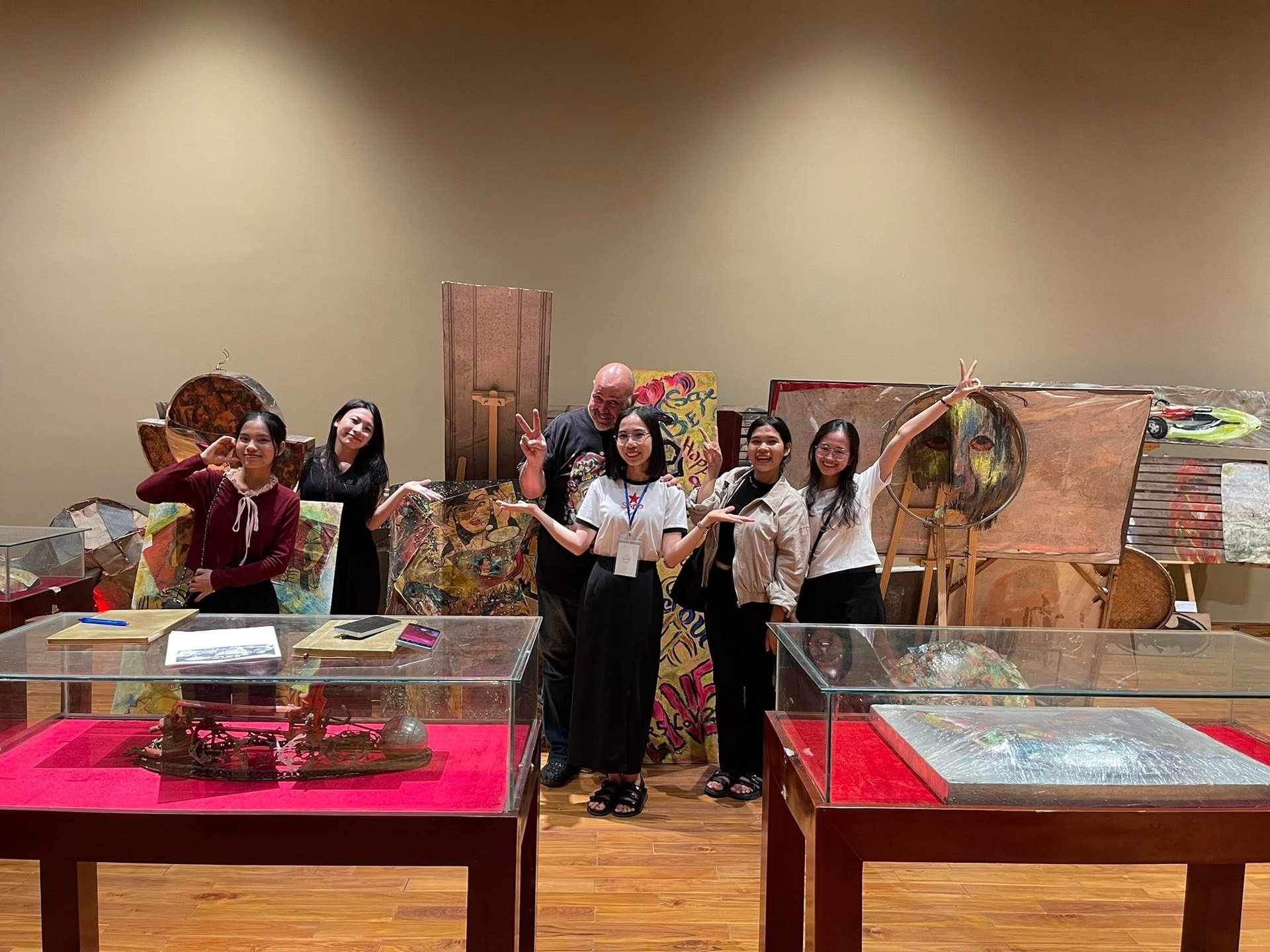
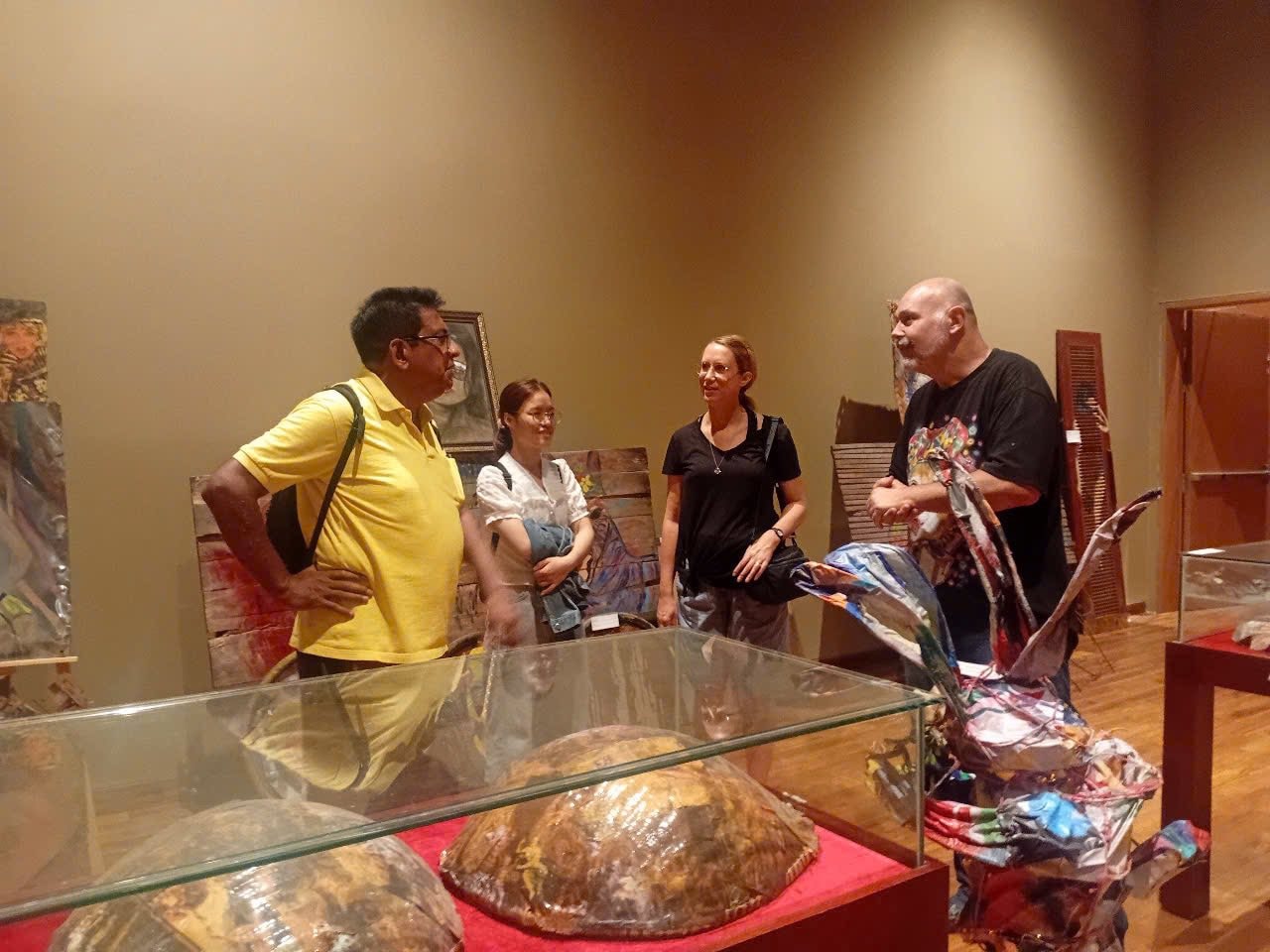



















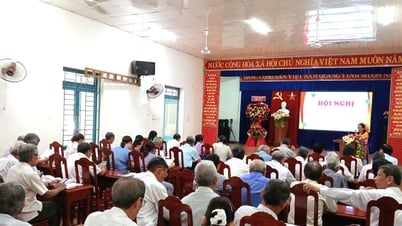


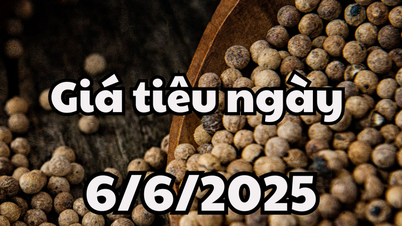






























































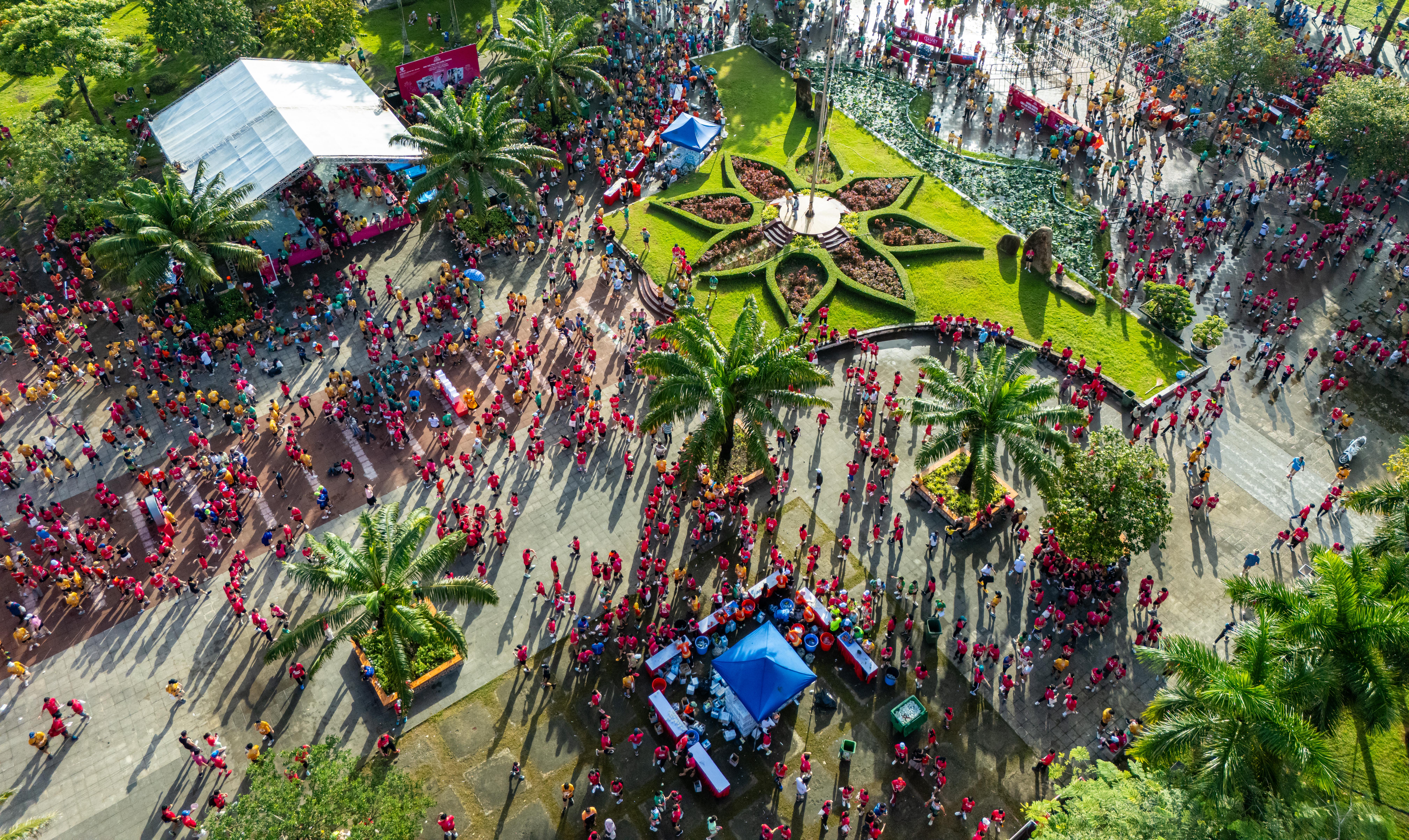

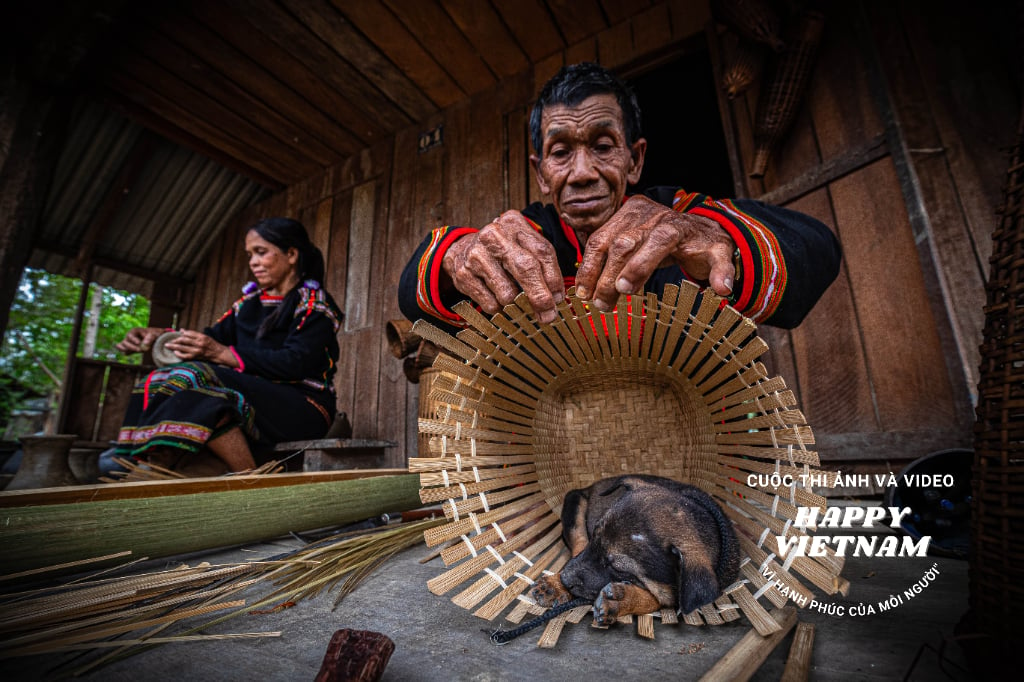

Comment (0)